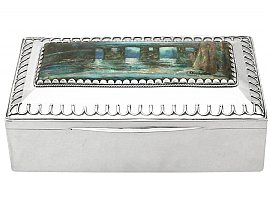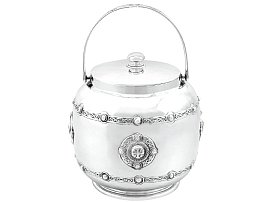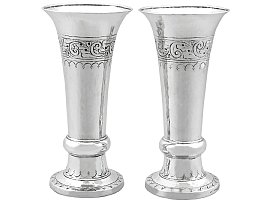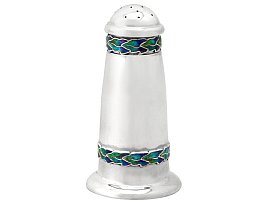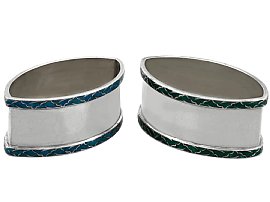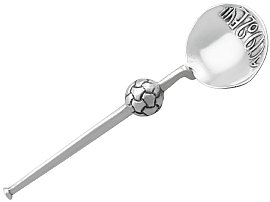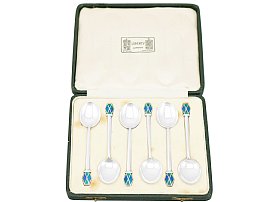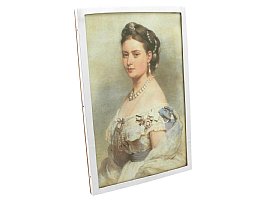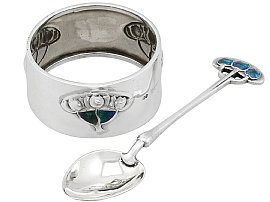Liberty & Co Ltd
The founder of Liberty & Co Ltd. was a man called Arthur Lasenby Liberty. With a £2,000 loan from his future father-in-law, Liberty bought the lease for half a shop, 218a Regent Street, in London’s emergent West End. The shop opened in 1875 and steadily grew into a showcase for worldly, cultured goods. The company became synonymous with avant-garde and exotic design- with a particular emphasis on the Aesthetic and Arts and Crafts movements.
The shop started by selling fabric, ornaments, and objects d’art from Japan and the East. The shop was such a success that within eighteen months, Liberty had repaid the loan and had also acquired the second half of 218 Regent Street.
In 1884 Liberty introduced the costume department, which was directed by Edward William Godwin (a famous architect and an integral member of the Costume Society). Godwin and Liberty created in-house garments to rival the fashion houses of Paris.
Then in 1885, Liberty bought 142-144 Regent Street. This was the shop which housed the ever-increasing demand for furniture and carpets. Liberty fabrics grew in popularity, and were used for both furnishings and clothing.
During the 1890s, Liberty built strong relationships with many British designers. A few of these designers specialised in silver, including the Birmingham silversmith William Hassler and the renowned silversmith Archibald Knox. They practiced the artistic styles known as Art Nouveau and Arts and Crafts. In time, the company became associated with these new styles, to the extent that in Italy, the Art Nouveau Style became known as the ‘Stile Liberty’.
The Arts and Crafts movement (inspired by the art critic John Ruskin and popularised by the designer and socialist William Morris) aimed to re-introduce excellent quality handcraftsmanship to the decorative arts of the time, instead of just making mass-produced items by machine. However, this sort of silverware proved to be quite expensive to make, therefore Liberty decided to introduce a range of more affordable silver that utilised a little machine production in its manufacture and thus Cymric was born in 1899. The designs were an Art Nouveau interpretation of the Celtic style, and often featured enamelled ornamentation. It was a huge success, as it tapped into the middle-class demand for metalwork and silver in the Arts and Crafts style, which had become very fashionable.
A description of the new Celtic range from a Liberty catalogue of 1899-1900: "The especially interesting feature… is its complete and unmistakable differentiation from all other descriptions of modern silverwork. The suggestion, as it were, having its origin in the work of a far earlier period than the greater part of the gold and silver plate ornaments to be found even in the Royal Collections today, the bulk of which only dates back to the Restoration. Cymric silver, although original and initiatory of a new school of work, is suggestive of a more remote era than this, and simplicity is the keynote of its design…”
With the continuing additions of departments and designers, the store became more and more famous; the clientele became more and more exotic and included Oscar Wilde and some famous pre-Raphaelite artists, such as Dante Gabriel Rossetti.
To this day, Liberty of London and thus Liberty & Co. Ltd is a world renowned name. The pieces they sell and have sold are of the finest quality and design.
